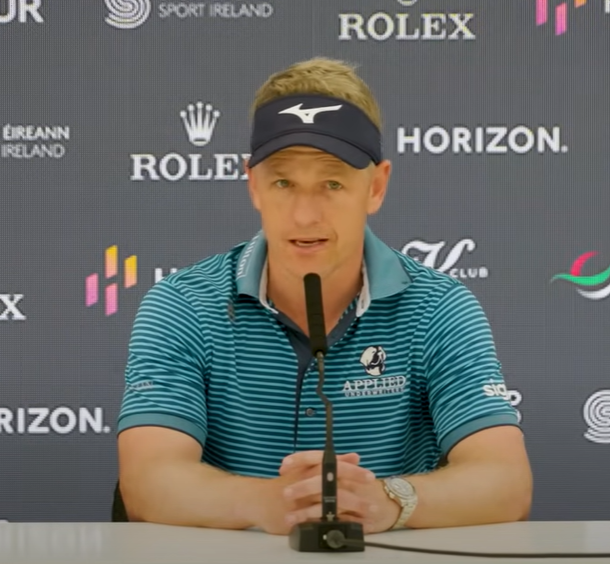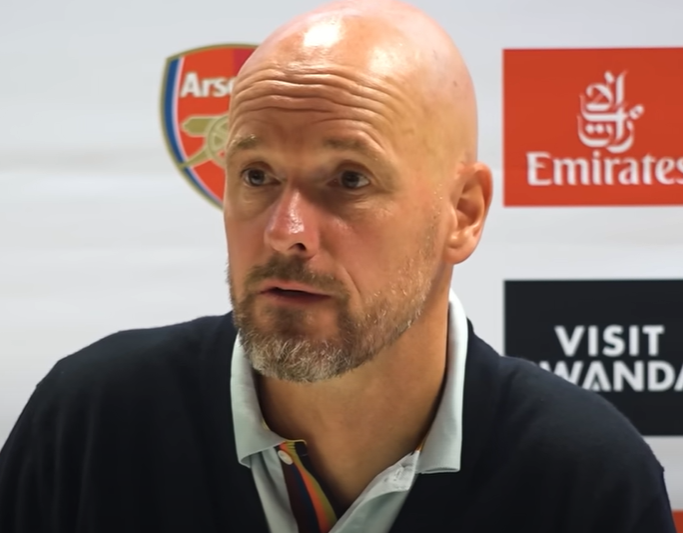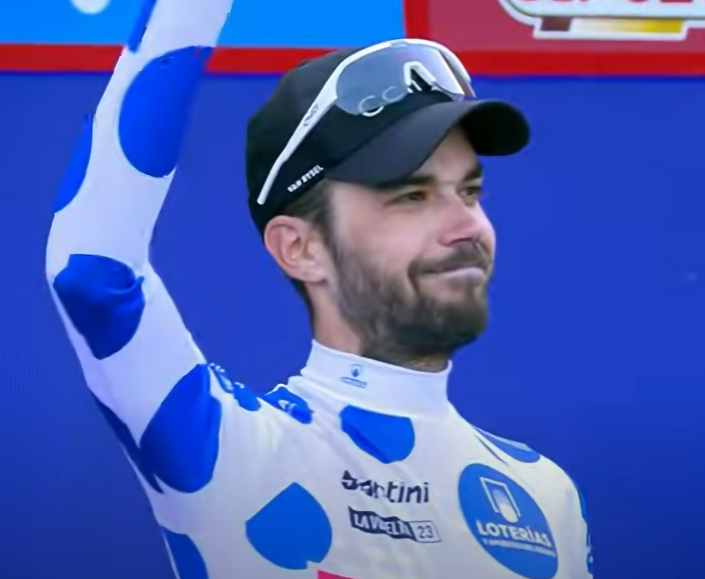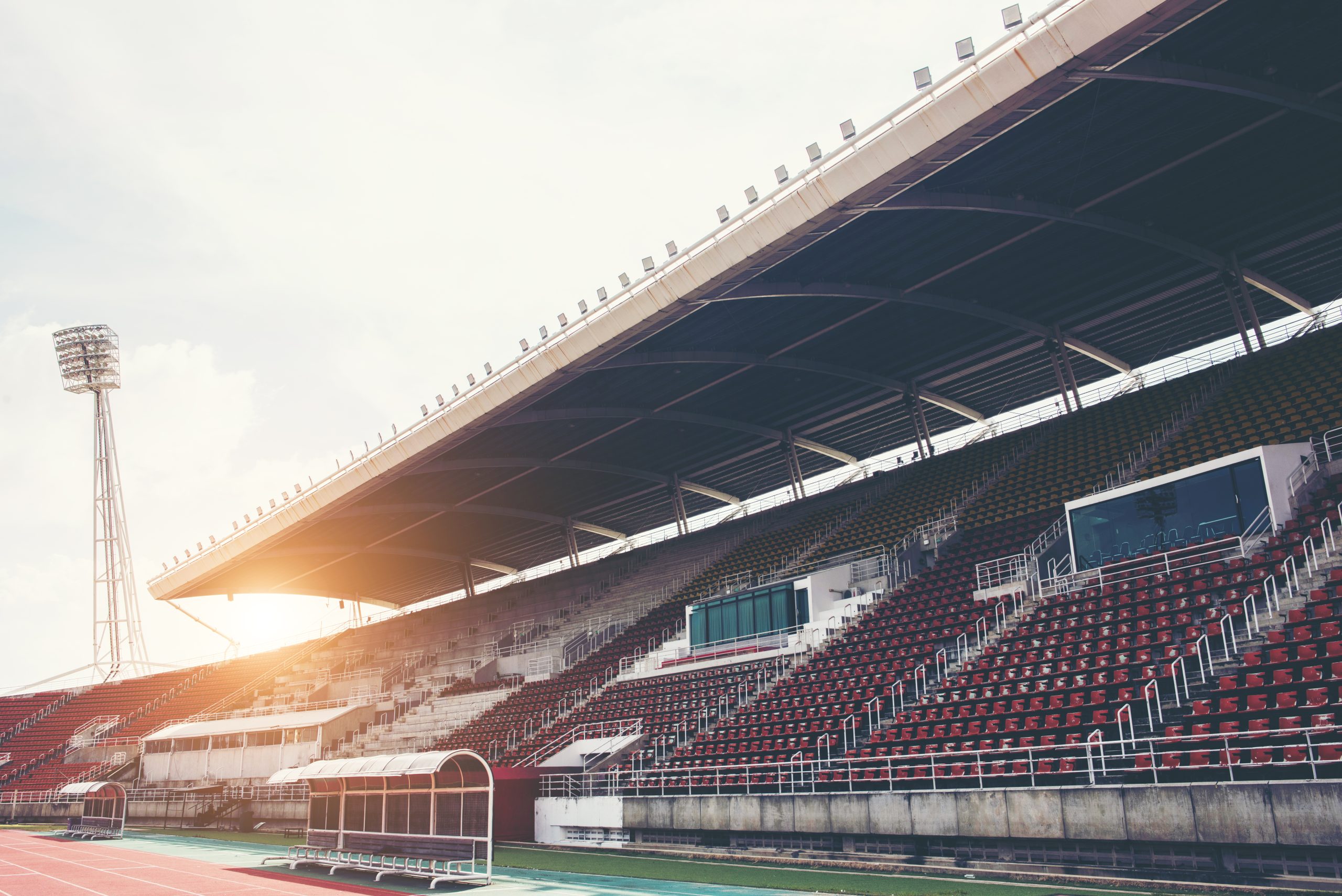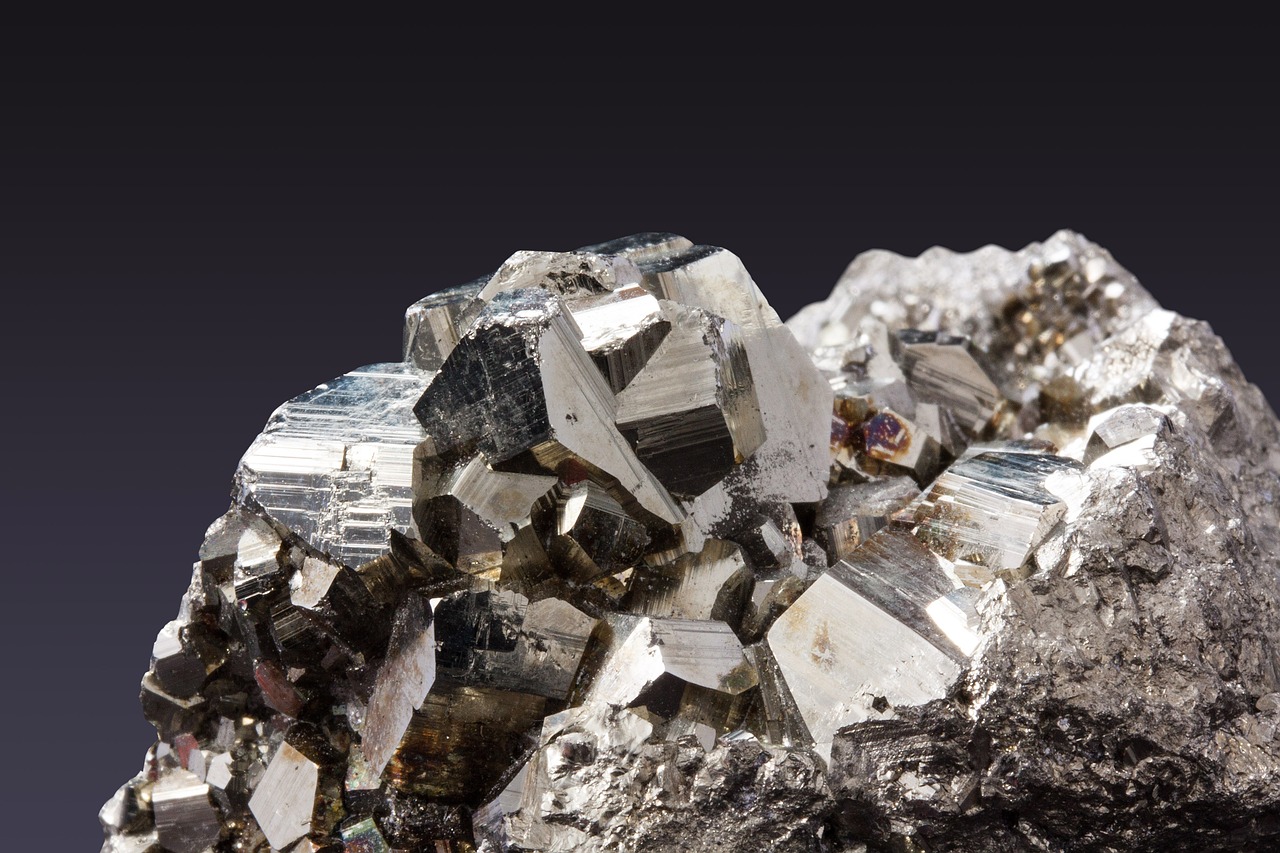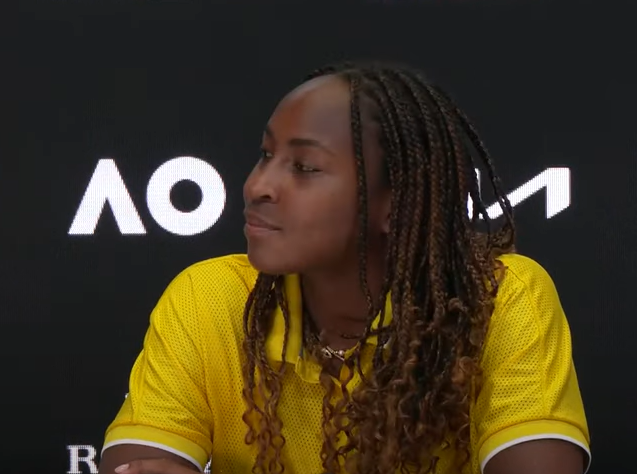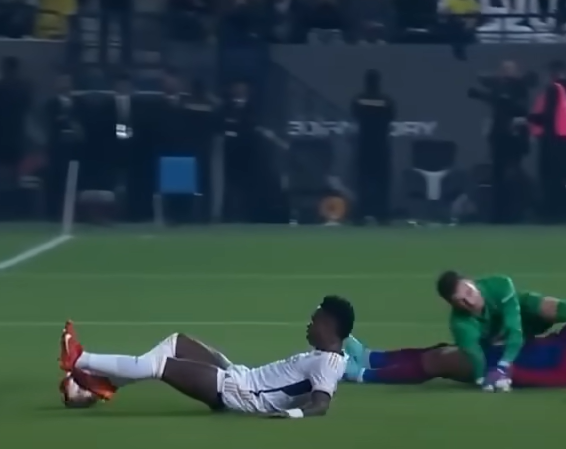As we approach the 2023 Ryder Cup, speculation about the performance of each team is rife. While the focus often lies on individual prowess, the real secret sauce might be in team dynamics. How does the chemistry among players affect the outcome, and what can we learn from past team configurations?
The Gift and the Curse of Individual Talent
Luke Donald, a former World No. 1 golfer, recently discussed the value of team chemistry in the Ryder Cup with The Mirror. He mentioned that while it’s easy to assume a team full of the world’s top-ranked golfers would necessarily be invincible, this is far from the case. The conflict between keeping an individual competitive advantage and contributing to team performance can be complicated. Donald cited Sergio Garcia as an example of a player whose energy and perseverance make him a useful team member despite his low ranking.
The Collective Ego: Team USA’s Dilemma
GolfMagic pointed out an intriguing aspect of the upcoming Ryder Cup: the striking visual of Team USA’s latest photo. There’s no denying that the team is full of high-profile, talented individuals. However, commentators noticed that the individualistic aura could be as much of a liability as it is a virtue. Balancing star power without losing sight of the overall goal could be Team USA’s Achilles’ heel.
The European Strategy: Team Before Self
The Ryder Cup team from Europe frequently appears to revolve around a sense of communal identity. According to The Mirror, Europe frequently adopts techniques and selects individuals that have a high level of compatibility with the existing team, even if they are not the most talented in the sport. The BMW PGA Championship, a major event for scouting and measuring chemistry among potential team members, provided thorough evaluation for this year’s team.
Why Chemistry Trumps Individual Skill
What we can learn from both teams is that golf, which is typically regarded as an individual sport, transforms into an entirely other beast during the Ryder Cup. Foursomes and fourballs require a diverse mix of skill sets and personalities. Chemistry ensures fluid communication, better understanding, and seamless execution. Furthermore, it fosters a friendly environment in which players may lift each other up at difficult times, something high-stakes competitions like the Ryder Cup are prone to.
Lessons from History
If history teaches us anything, it’s that team dynamics have often played a decisive role in the Ryder Cup. Consider the ‘Miracle at Medinah’ in 2012, when the European squad mounted an incredible comeback. One could argue that the win was made possible not only by skill but also by amazing team spirit.
As the 2023 Ryder Cup approaches, not only will individual players’ abilities be scrutinised, but so will the cohesion of the teams they build. Both Team USA and Team Europe face unique obstacles and strengths in this area, making the build-up to the event all the more exciting. In the grand theatre of sports, perhaps it’s time we looked beyond the spotlights on individual players and paid more attention to the ensemble cast.


